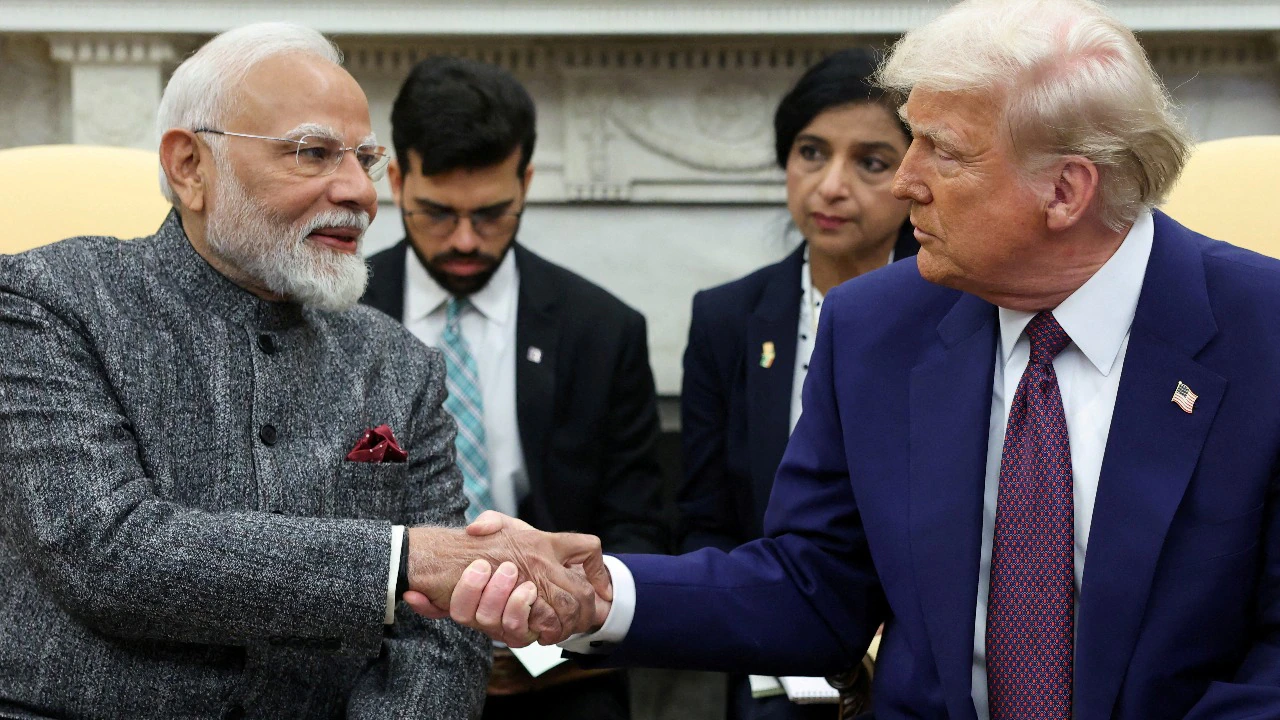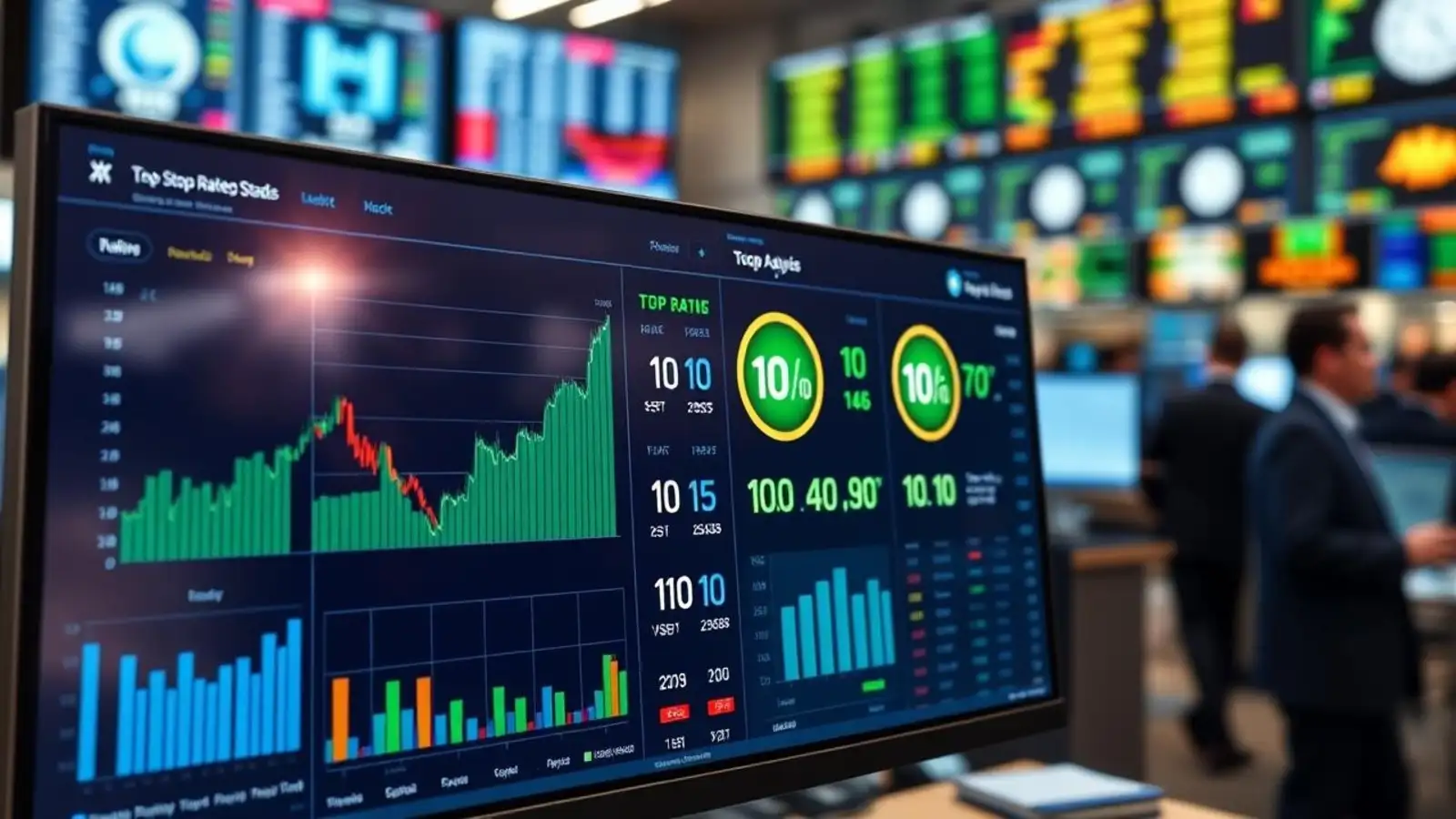
In recent weeks, the United States, under the leadership of President Donald Trump, announced a set of new tariffs that targeted key industries and trading partners. While such measures typically evoke concerns of potential market downturns and increased volatility, the reality has been surprisingly different. Instead of a widespread market crash, global financial markets have demonstrated resilience, with major indices on Wall Street and elsewhere showing signs of steady growth.
This intriguing phenomenon raises questions about investor sentiment, the underlying strength of the global economy, and the cyclical nature of trade policies. In this comprehensive analysis, we will explore how the markets have responded to the new tariffs, what factors have contributed to this resilience, and what the future might hold for international trade and investments.
The Immediate Market Response to Trump’s New Tariffs
Wall Street’s Initial Reaction
Wall Street is often considered the financial barometer of the United States and, by extension, the world. When President Trump announced the tariffs, many analysts feared an immediate downturn driven by fears of increased costs, disrupted supply chains, and retaliatory measures from trading partners. However, the initial trading sessions were relatively subdued, with major indexes such as the Dow Jones Industrial Average, S&P 500, and NASDAQ exhibiting only minor fluctuations.
This pattern was echoed globally, with markets in Asia, Europe, and emerging economies showing signs of cautious optimism rather than panic. The ABC7 Los Angeles report titled Wall Street drifts as stock markets worldwide take Trump’s new tariffs in stride highlights this surprising calm under tumultuous circumstances.
Market Resilience and Investor Confidence
The key takeaway from these early reactions is that investors, perhaps buoyed by strong earnings, robust economic data, and ongoing monetary policies, maintained confidence despite the tariff announcement. Many argued that tariffs could serve as leverage in trade negotiations, prompting investors to adopt a wait-and-see approach rather than panic selling.
The resilience also reflects a broader sentiment that global markets are increasingly interconnected, with many participants viewing tariffs as a negotiating tool rather than an outright trade war declaration. Nonetheless, market watchers continue to monitor developments closely, cognizant of the unpredictable nature of international trade disputes.
Factors Supporting the Rise of Global Markets
Strong Economic Fundamentals
- Robust Corporate Earnings: Many companies reported record profits, reinforcing investor optimism.
- Favorable Monetary Policies: Central banks worldwide maintained low-interest rates, encouraging investment inflows into stocks and risk assets.
- Economic Growth Indicators: Data from major economies such as the U.S., China, and the EU pointed toward steady growth, helping offset concerns about tariffs.
Trade Negotiations and Diplomatic Signals
Investors have also banked on the notion that tariffs may be leveraged as part of broader negotiations. There is a widespread belief that the Trump administration’s tariffs could be a strategic move aimed at renegotiating better terms rather than an outright attempt at economic isolation. Diplomatic dialogues remain active, providing markets with a sense of cautious optimism.
Technological Innovation and Market Diversification
The increasing diversification of investment portfolios, especially with the rise of technological innovation, has helped cushion market volatility. Sectors such as technology, healthcare, and consumer discretionary continue to perform well, further supporting overall market strength despite geopolitical uncertainties.
Potential Risks and Challenges Ahead
Retaliation and Trade Wars
The primary concern remains the risk of retaliatory tariffs from major trading partners such as China, the European Union, and Canada. Such responses could erode profit margins, disrupt supply chains, and lead to increased inflationary pressures.
- Escalation of Tariff Battles: An intensification could trigger a broader trade war, impacting global growth.
- Supply Chain Disruptions: Manufacturing and export-heavy industries stand to suffer significantly.
- Market Volatility: Increased uncertainty may lead to sharper market corrections in the future.
Global Economic Dependency
Many countries are now deeply interwoven through trade, making any disruption potentially explosive. Reliance on international markets for growth means that negative trade policies could have far-reaching consequences beyond U.S. borders.
The Outlook: What Can Investors Expect?
Short-Term vs. Long-Term Perspectives
While the immediate response has shown resilience, market participants are advised to brace for potential volatility in the coming months. Critical indicators to watch include trade negotiation progress, global economic data releases, and geopolitical developments.
In the longer term, the commitment to economic growth, technological advancements, and macroeconomic policies could help markets withstand trade-related shocks. Many experts believe that markets are adjusting to new trade dynamics, finding a balance between optimism and caution.
Conclusion: A Dynamic and Uncertain Future
The recent developments surrounding President Trump’s tariffs have undoubtedly introduced new uncertainties into global markets. However, the prevailing trend indicates that investors currently maintain a level of resilience, buoyed by strong fundamentals, diplomatic efforts, and strategic corporate responses. While risks remain, the overall outlook suggests that markets are capable of navigating through these turbulent times—at least for now.
As always in the world of finance, adaptability and vigilance are key. Market participants should stay informed and prepared for potential shifts, whether they are caused by policy changes, geopolitical tensions, or unforeseen economic shocks.
For more updated news please keep visiting Prime News World.








